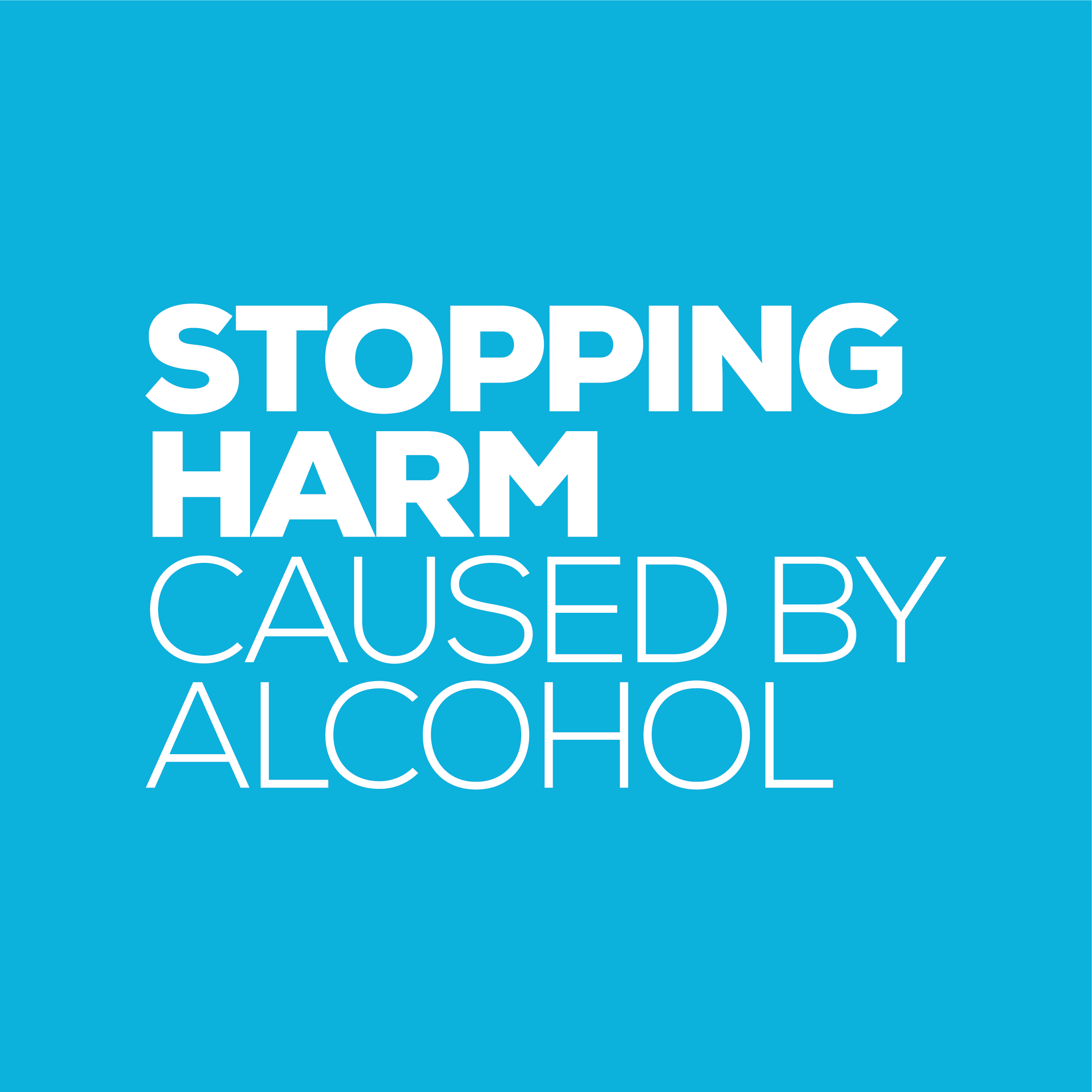How much harm from alcohol is ok?
What do you consider to be an acceptable risk of alcohol-related harm?
These questions may sound contrived, but questions like these appear to be inherent in policy and regulatory decision making, and answers to them may be quite confronting.
For example, in considering a new liquor licence application, decision-makers appear to reflect on whether the grant of the liquor licence would be expected to lead to greater levels of alcohol-related harm than that which appears to be commonly accepted in the community. We know this from liquor licensing decision reports. And it is expected that similar questions of community acceptability of alcohol-related harm are raised, explicitly or otherwise, in other alcohol policy decision-making. In doing this, there is the suggestion that there is a defined level of harm that the community is ok with.
Is it really that we accept the harm, or could it be that the community is not sufficiently informed as to the risks, magnitude and breadth of alcohol-related harms or sufficiently supported to voice their concern? We should not confuse limited awareness and difficulty in voicing concern with ‘acceptance’.
If I was to believe that there is a level of alcohol-related harm that the community accepts, what is it?
There is growing evidence that binge drinking any time into the early twenties impacts on the developing brain and can cause irreversible brain damage. We know that young people are starting to drink earlier and by the age of 12, 70% of Australian young people will have consumed alcohol. So how much alcohol-caused brain damage among our young people are we willing to accept? How much lost potential are we ok with?
Every day in Western Australia, on average, one child aged 18 years or younger is so blind drunk that an ambulance is called. In the last six months of last year in WA alone, ambulances were called to treat nine children aged under 12 years because they were blind drunk. Do we accept that level of harm?
These statistics are just the tip of the iceberg in terms of alcohol-related harm among young people. Harmful alcohol use is also related to increased risk of injuries from falls, assaults, road crashes, burns, unwanted or unsafe sexual activities, relationship difficulties, long-term damage to the liver and other organs, a range of cancers, and the list goes on.
Reducing the harm can have costs. These costs may be the financing of effective approaches to reducing harm, curbs to industry freedoms or to consumer freedoms. But how much harm are we willing to accept so that alcohol companies can retain their advertising freedoms; so that we can continue to pay as little as $2 a litre for alcohol; and so that alcohol can continue to be available from more and more places?
Here we have a product that is related to a wide range of serious immediate and long term harms to the drinker and to others, we have mountains of evidence that vulnerable community members are experiencing those harms and we know much of what needs to be done to reduce the harm. It is unthinkable that as a community we would accept the current levels of harm. And we don’t have to.
Many of the actions we need to prevent harm from alcohol – including strong advertising regulation, approaches to price and reducing the availability of alcohol – are entirely within the control of governments.
So what can we, as a community, do? We can make it clear that we do not accept the harm.








2 comments